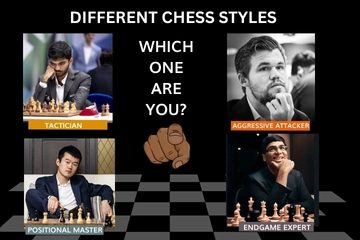In the world of chess, understanding your personal playing style can dramatically improve your preparation, training, and game results. Whether you’re a beginner looking for beginner-friendly chess classes or an advanced player refining strategies through online chess coaching, knowing your style matters.
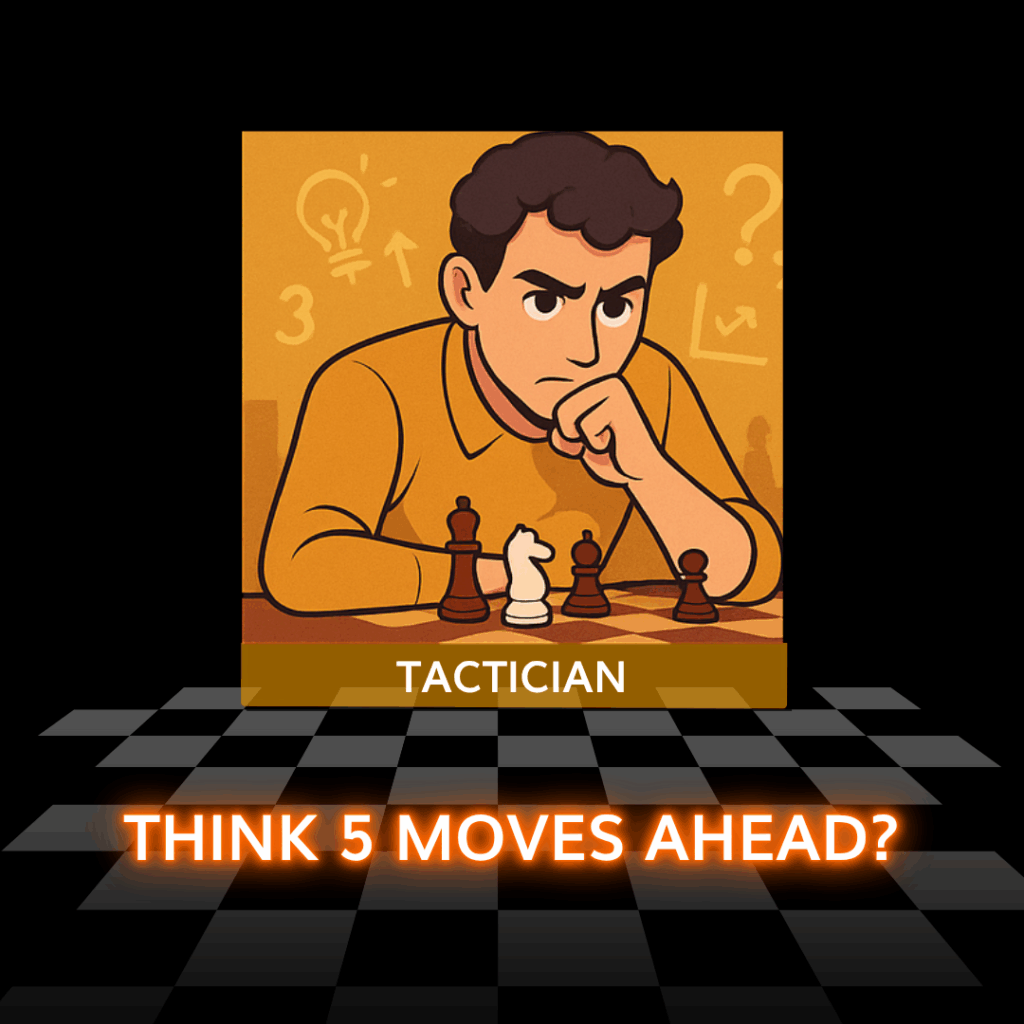
Each Grandmaster (GM) represents a different path to mastery. Famous chess players like Magnus Carlsen are known for their universal adaptability, Tal for his daring tactics, and Karpov for his serene positional dominance. Even rising stars like Gukesh show early signs of distinctive flair. Exploring different styles of chess games helps guide your chess journey and could be your secret weapon to level up.
What Are the Main Types of Chess Playing Styles?
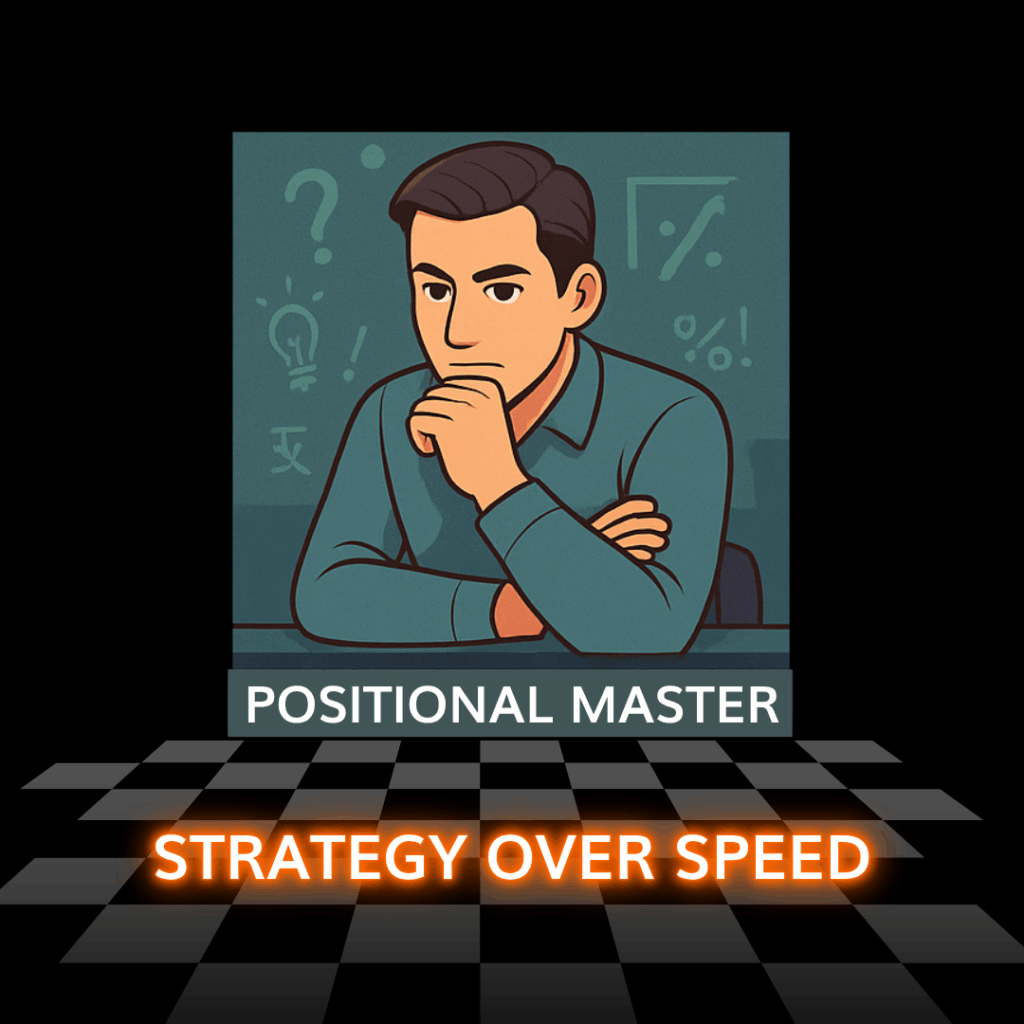
Tactical Style: Sharp, Aggressive, Forcing Moves
Tactical players thrive on chaos and calculation. They love sacrificing material to gain time, initiative, or mating attacks. Think Mikhail Tal or Gukesh, fearless, imaginative, and precise.
If your games are filled with sacrifices and complications, this may be your natural fit.
Positional Style: Methodical and Strategic
Positional players dominate with quiet strength. They focus on long-term advantages, such as pawn structure, piece placement, and space control. GMs like Karpov and Ding Liren embody this approach.
If you enjoy gaining small advantages over time, consider chess classes for intermediate players that focus on strategic thinking.
Universal Style: Flexible and Adaptive
Universal players seamlessly blend tactics and strategy. Carlsen and Anand often choose their plan based on the opponent’s weaknesses. This style requires deep understanding and flexible thinking.
If you’re working with a chess coach online, this is a style you can consciously develop.
Defensive/Counterattacking Style: Calm Under Fire
This style turns defense into offense. Players like Ding and Petrosian absorb pressure, waiting for overextensions before counterpunching. It demands patience, foresight, and calm nerves.
Also Read: What Is Ding Liren’s Chess Style and What Makes Him So Resilient?
How Do Grandmasters Develop Their Playing Styles?
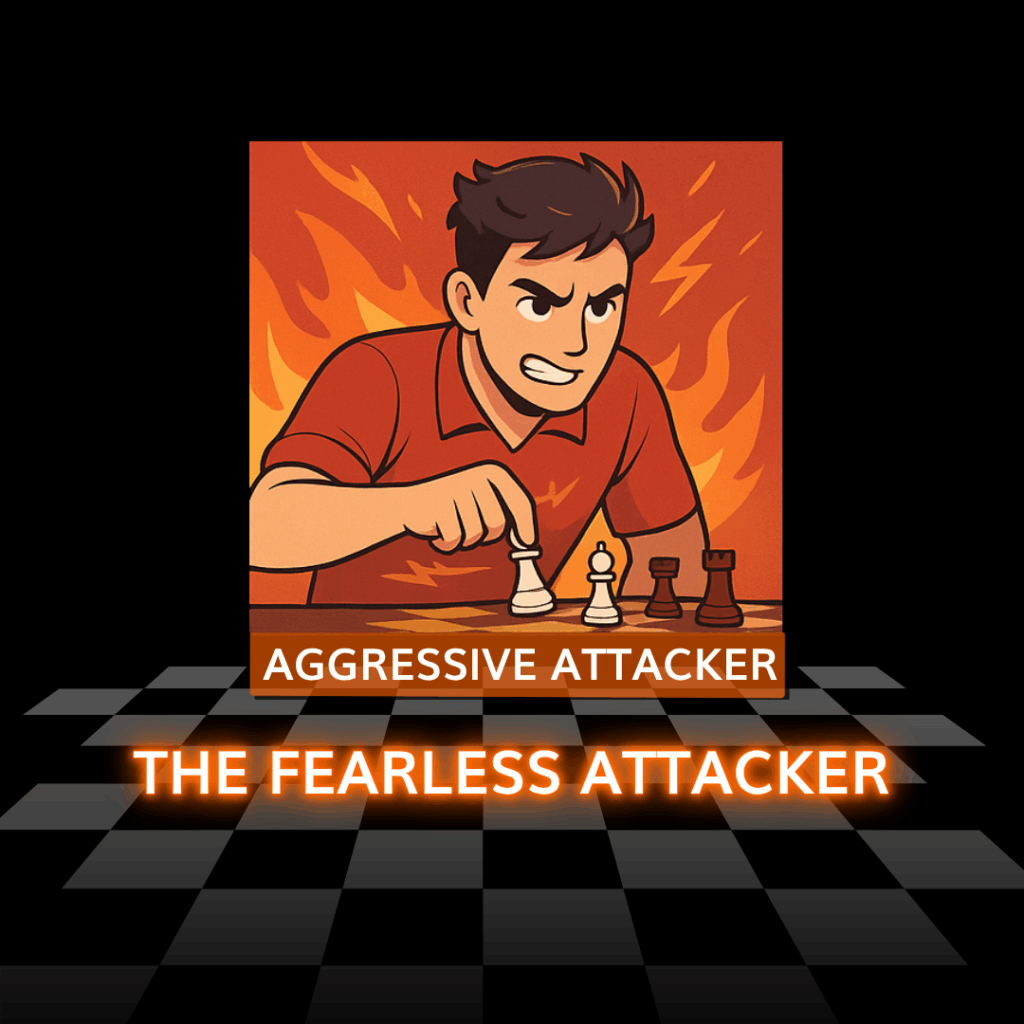
Grandmasters often develop their styles through a combination of natural tendencies and structured training. Early exposure to specific openings and positions, guided by experienced coaches, shapes their approach. Psychological factors, such as risk tolerance and decision-making preferences, also play a significant role.
Engaging in chess training online can help players understand these aspects, allowing them to refine their style under expert guidance.
Also Read: 5 Youngest Grandmasters in Chess History
How Can You Discover Your Chess Style?
To identify your chess style:
- Review your recent games, noting the types of positions you handle well.
- Use engine analysis to understand your strengths and weaknesses.
- Experiment with different openings and strategies to see what suits you best.
Participating in chess lessons online provides structured opportunities to explore various styles, helping you find the approach that aligns with your strengths.
How Should Your Style Affect Your Opening Choices?
Your preferred openings should complement your playing style:
- Tactical players might favor sharp lines like the Sicilian Defense or King’s Gambit.
- Positional players often choose openings like the Queen’s Gambit Declined or the London System.
- Universal players benefit from flexible openings that allow for various transpositions.
Through chess classes for intermediate players, you can learn to select and master openings that enhance your strategic approach.
Also Read: How to Build a Solid Chess Opening to Gain Early Advantage
How Do Chess Styles Influence Game Outcomes?
Understanding your style can influence your game results:
- Tactical players may experience decisive games, leading to quick wins or losses.
- Positional players often aim for endgame advantages, capitalizing on small mistakes.
- Universal players adapt to various situations, increasing their chances across different positions.
- Defensive players can frustrate aggressive opponents, turning defensive stances into counterattacks.
Also Read: What is Freestyle Chess and How It is different from Traditional Chess
Can You Change Your Chess Style Over Time?
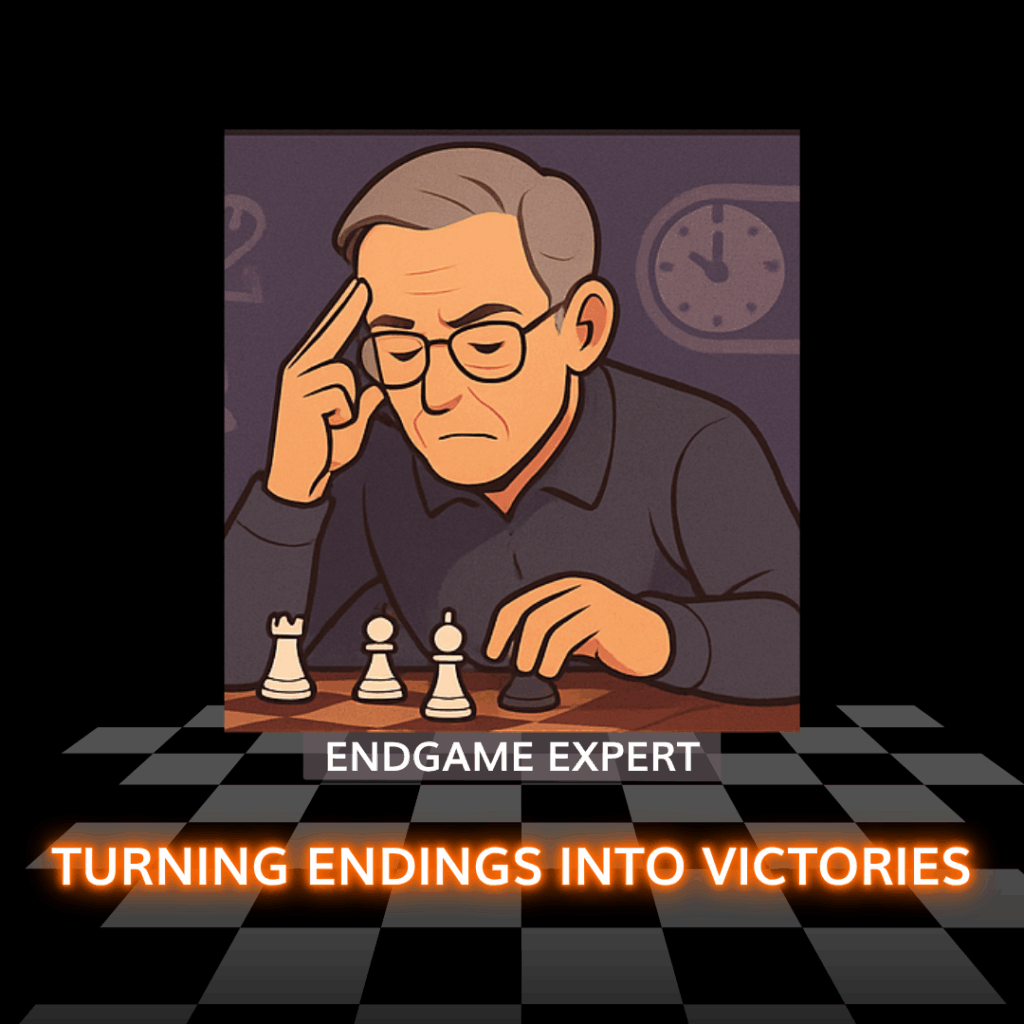
Absolutely. Take Viswanathan Anand, initially a tactical prodigy; he evolved into a universal player through years of refinement. Similarly, Carlsen’s playing style adjusted from sharp play to a more grinding, positional style.
To shift styles, take advanced chess lessons or targeted online chess lessons that emphasize new areas. With intentional training, you can reinvent how you play and win.
Intermediate players benefit the most from this transition as they solidify habits and explore deeper strategies.
Also Read: What Is Viswanathan Anand’s Chess Style and What Can You Learn from It?
Conclusion: Embrace Your Chess Journey
Recognizing and developing your chess style is a pivotal step in your growth as a player. At Kingdom of Chess, our chess coach online programs are tailored to help you explore and enhance your unique approach to the game. Whether you’re a beginner or an intermediate player, our beginner-friendly chess classes and intermediate chess lessons provide the guidance you need.
Ready to elevate your game? Join our community and start your personalized chess journey today.

